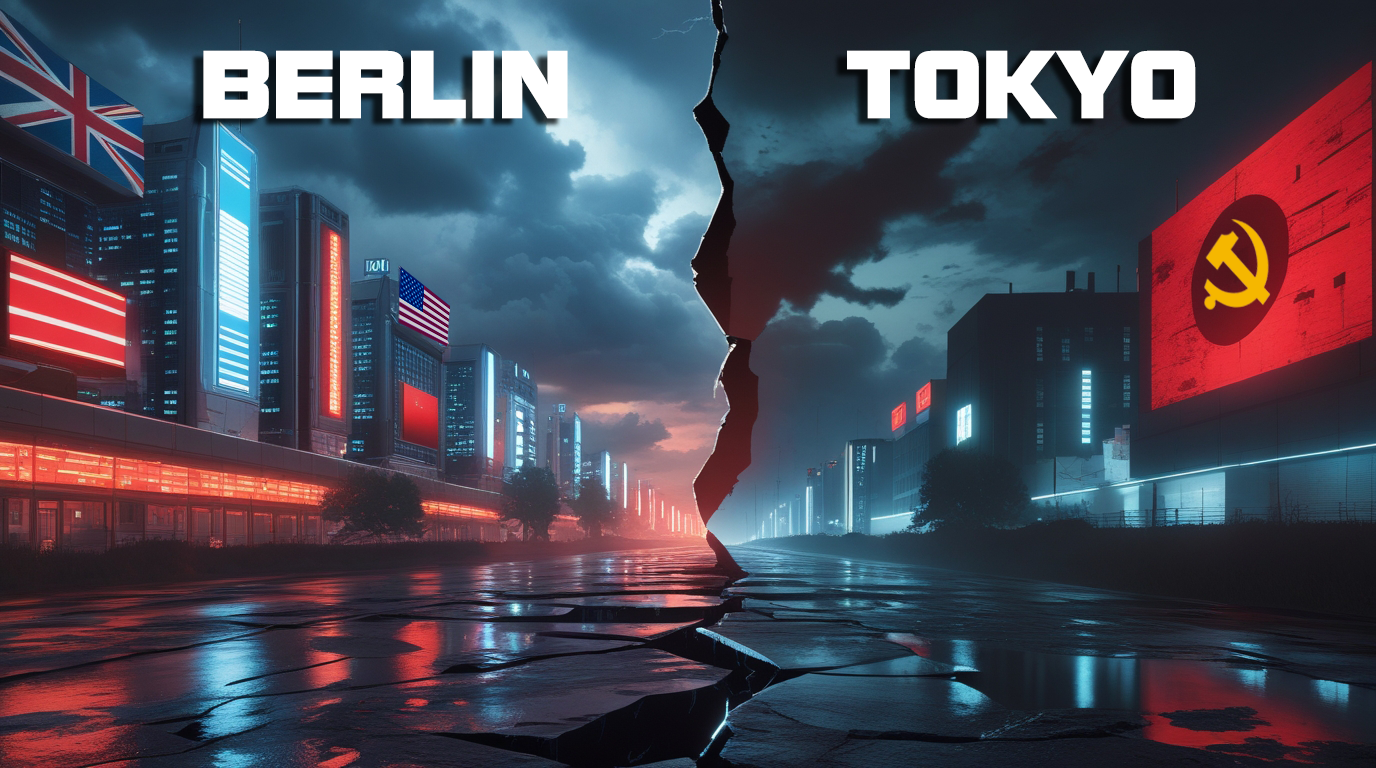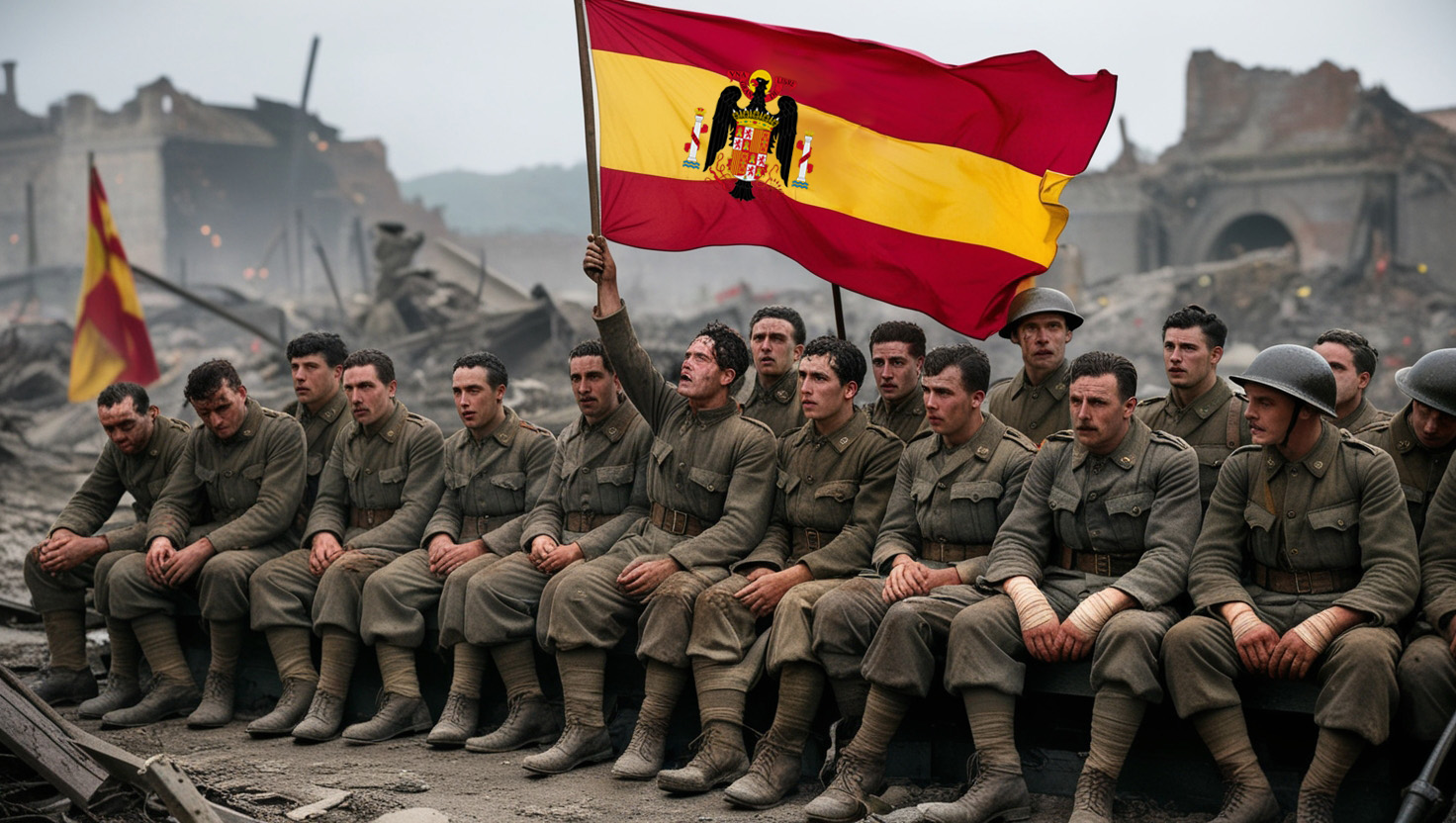Welcome to our blog! Today, we delve into a thought-provoking and imaginative scenario: What if Germany and Japan’s fates were swapped after WWII? Inspired by a captivating post on the “Alternate History” subreddit, we explore how the world might have been if these two nations experienced the opposite post-war outcomes. Let’s unravel the potential changes and consequences that could have shaped our world in unimaginable ways.
The Führer’s Death and a Shift in German Strategy
In this alternate timeline, the Führer’s death in a plane crash in 1943 dramatically alters the course of World War II. With the collapse of Italy, the internal opposition within the Wehrmacht, realizing the inevitability of defeat, seeks a more favorable way to end the conflict. The Wehrmacht government reaches a conditional surrender agreement with the Allies. This allows U.S. and other Allied forces to station troops in Germany. This strategic decision prevents further devastation and lays the groundwork for substantial post-war recovery efforts.
Eisenhower’s Reforms
Eisenhower’s comprehensive reforms aim to stabilize and rebuild Germany. These reforms foster a more peaceful and cooperative post-war environment in Europe.
Territorial Disputes and Soviet Relations
The territorial disputes with the Soviet Union, particularly concerning the occupation of East Prussia, necessitate complex negotiations. Stalin’s insistence on Germany’s complete withdrawal from pre-war Soviet territory shapes the post-war political landscape. This leads to significant geopolitical shifts. Poland and Czechoslovakia split into two entities: the Federal Republic of West Slavia and the People’s Federal Republic of West Slavia. This division creates a prolonged Cold War-like standoff within Europe. It mirrors the ideological and territorial tensions of the historical Cold War era.
Japan’s Occupation and Division
In this scenario, Japan faces complete occupation by the Allies during intense battles on its home turf. The eventual surrender in 1946, followed by division and occupation by the U.S., Britain, China, and the Soviet Union, closely mirrors Germany’s historical fate. Japan splits into distinct occupation zones, resulting in the formation of the State of Japan and the People’s State of Japan. This creates a divided nation with significant geopolitical ramifications.
Neutral State of Ryukyu
The emergence of the State of Ryukyu, declaring permanent neutrality, transforms the Ryukyu Islands into a vital diplomatic hotspot. This fosters international dialogue in the region.
Territorial Reconfiguration in Asia
Hokkaido’s incorporation into the Soviet Union and Tsushima Island’s incorporation into Korea reshape the regional map. A unified communist Korea under the Democratic Republic of Korea shifts the balance of power in East Asia. This potentially leads to increased tensions between the communist bloc and Western allies. Tokyo’s division into North Tokyo City and South Tokyo City under different administrations creates a city that mirrors the broader national divide. North Tokyo City becomes a symbol of communist influence. Meanwhile, South Tokyo City represents capitalist and democratic ideologies.
Governance and the Royal Family
Japan remains a constitutional monarchy, with the royal family returning to Kyoto and the administrative center established in Asakura, Fukuoka. This unique blend of tradition and modern governance stabilizes the nation by preserving its rich cultural heritage while fostering democratic values and modern administrative practices.
Implications for Global Politics
Swapping Germany and Japan’s fates after WWII has profound implications for global politics. Strong American influence in Germany accelerates its economic recovery and integration into Western Europe. Conversely, Japan’s division and significant Soviet influence delay its economic resurgence, creating a different dynamic in the Pacific region. The economic and social landscape of the post-war world is drastically altered, with Germany emerging as a stronger economic power in Europe earlier than in our timeline. Japan faces the challenges of division and occupation, with Soviet influence in the north potentially leading to a slower recovery.
The Ripple Effects
The ripple effects of these changes are felt worldwide. Cold War dynamics shift, with Europe experiencing more immediate tensions due to the divided state of Poland and Czechoslovakia. Meanwhile, East Asia sees a different power balance, with a unified communist Korea and a divided Japan influencing regional politics and alliances. Cultural and societal impacts in both Germany and Japan are significant. Germany’s conditional surrender and subsequent reforms lead to a quicker reintegration into the global community, fostering a more stable and prosperous Europe. Japan’s divided state creates a complex social fabric, with differing ideologies and governance styles within the same nation, leading to internal conflicts and a slower path to unification.
Conclusion
Imagining Germany and Japan swapping fates after WWII offers a thought-provoking exploration of how historical events could have unfolded differently. This scenario underscores the delicate balance of power and the complex interplay of geopolitical forces that shape our world. By examining these hypothetical outcomes, we gain a deeper appreciation for the intricate web of history and the countless factors that influence global events.
Curious to dive deeper into this fascinating alternate history? Watch the full video exploring these scenarios:



